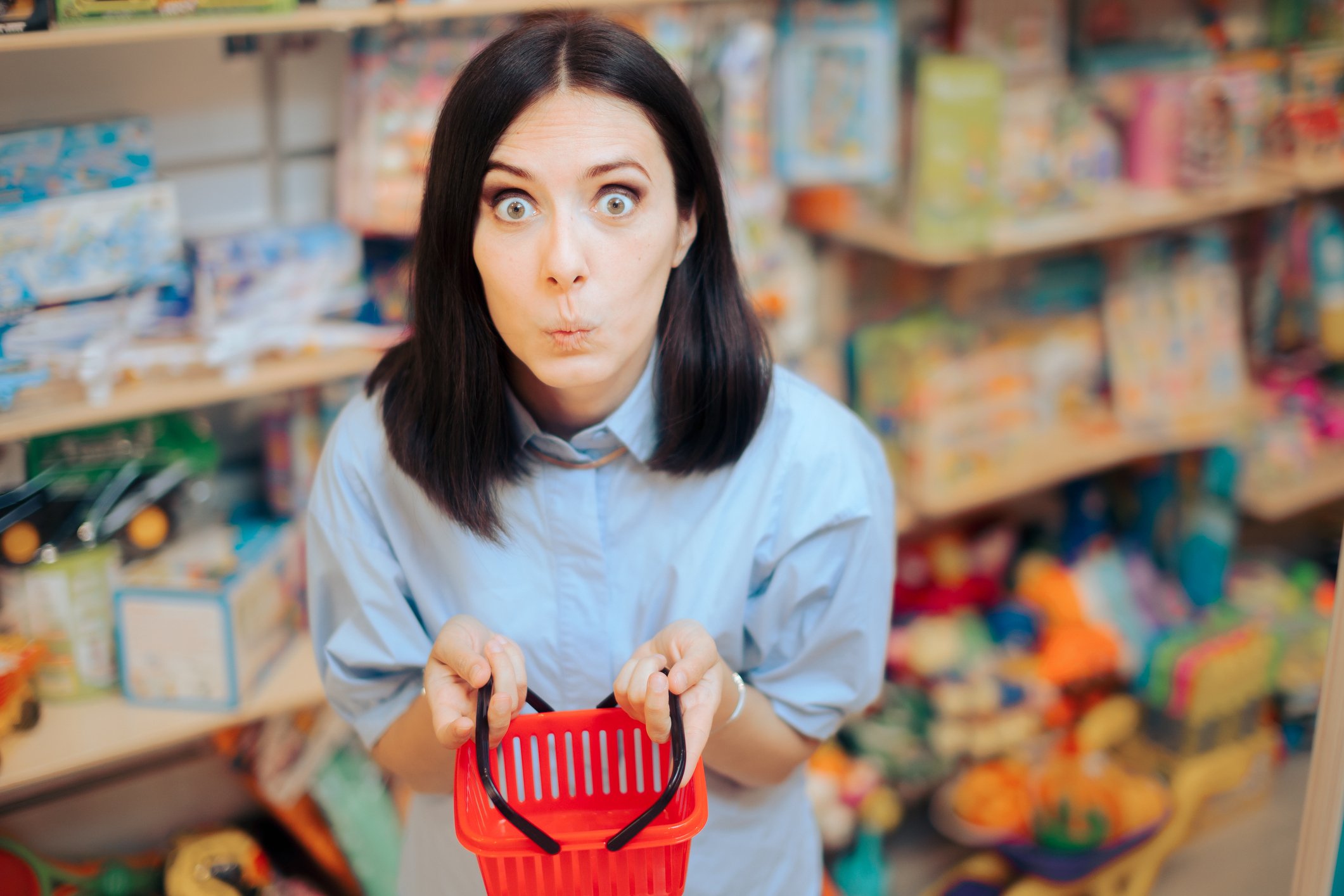Target (TGT +3.13%) Food and Beverage President Stephanie Lundquist clearly believes that her brand has a special connection with its customers -- a certain hard-to-duplicate hipness that led them to nickname it "Tar-zhay."
Lundquist took the stage for her keynote address at Grocery Shop, an industry trade show, after a five-minute hype video featuring customers showing the joy the retailer brings them. Wearing a Target-red-colored shirt, she shared stories of interacting with customers, and the opportunity she was given when she moved from leading human resources to taking over the chain's grocery business.
Target, she noted, has only featured groceries across the whole chain for about a decade. It entered the business quickly, she explained, and that worked -- but it left a big problem.
"In food, we were simply functional and transactional," she said. "...Our goal in grocery is to be Target. We've been successful in other categories because Target is where our guests turn for the latest trends and the smartest solutions."

Good & Gather will put most of Target's owned food under one label. Image source: Target.
Becoming more Target
When she took on the job of leading the food and beverage division about two years ago, Lundquist decided to lean into what has made the company successful across its other categories. Her vision was to move the chain beyond simply having groceries, and make the segment something that was recognizably Target's take on being a grocery store.
"We've accelerated our business over the last few years by becoming an easier and more convenient shopping option," she said. "That's what's guiding us in food and beverage. We're part of the magic Target experience."
Thinking that way led the chain to replace many of its older house food brands with a single new one. Good & Gather is on course to become the company's largest private label by product number: It launched with 650 on Sept. 15, and will have more than 2,000 by the end of 2020.
"We can't control what our competitors do, and we have a finite amount of space to devote to food and beverage, but we can control the ingredients in our products, the quality, and the taste," she said. "And we can control whether our brands deliver on our promise of helping our guests find joy every day."
Lundquist also shared that Target has found that its owned brands raise sales across their entire categories. That means that a successful product will also increase sales of the national brands that sit next to it.
A cohesive strategy
Elsewhere in its stores, Target has long offered value-priced products that still hit the mark as trendy and chic. That's a tough balancing act to manage (and the company has lost its way a few times) but it's currently doing it well, especially with its dozens of house brands.
Lundquist is trying to bring some of that hard-to-define magic to the grocery segment. The chain has been supporting her strategy by improving supply lines, making sure items are in stock, and offering pickup and delivery options, as well as revamping stores in ways designed to make shopping easier.
Grocery accounts for about 20% of Target's sales, about $15 billion annually. Lundquist hopes to grow that not just by bringing the Target magic to her department, but also through smart investments, such as hiring 10,000 people with experience in the grocery space to solely work in that department, and adding 100,000 Shipt personal shoppers to facilitate home delivery.
"The stakes in grocery are high because everything is so personal," she said.






